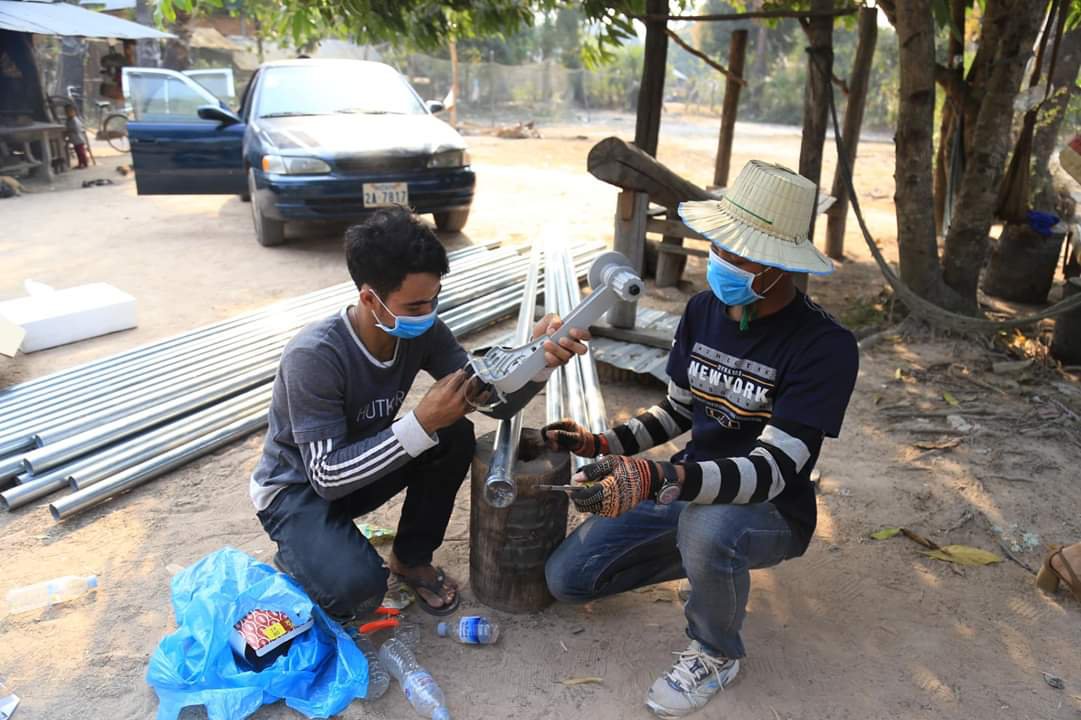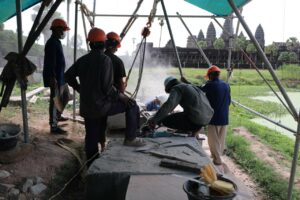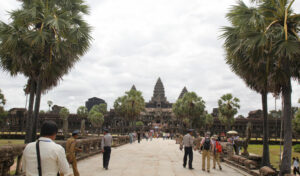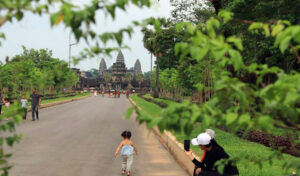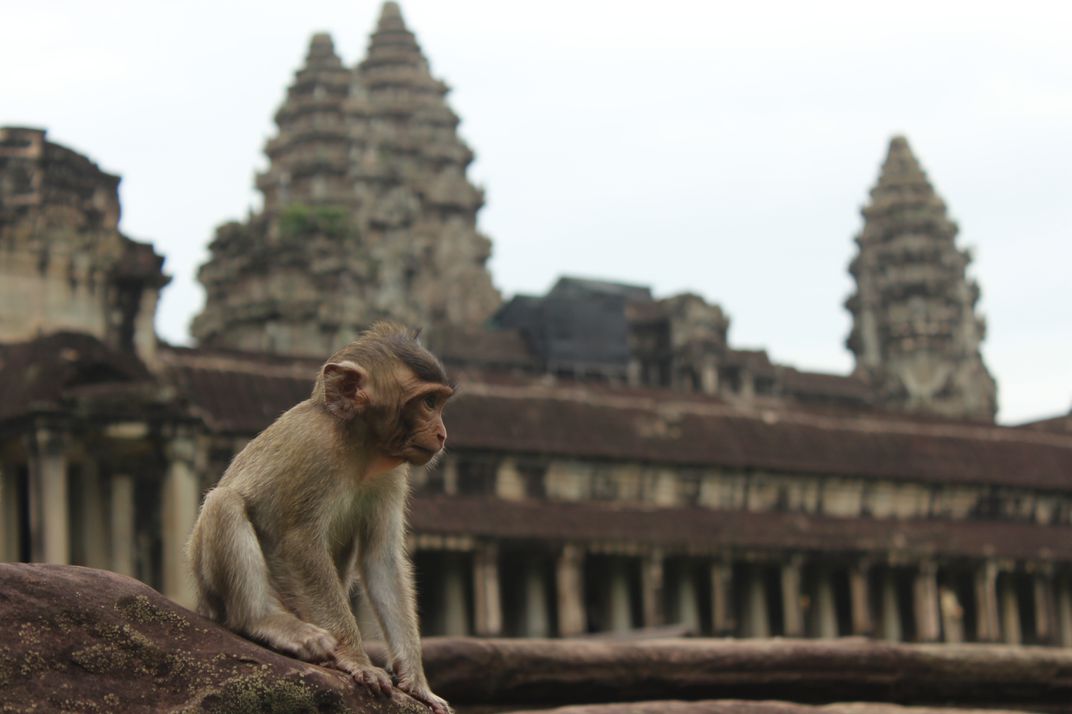Why now is the perfect time to see Siem Reap and Angkor’s temples
NOT TOO LONG AGO, the Cambodian city of Siem Reap was my weekend impulse destination. It was the kind of place I’d go off to on a whim, usually when flights from my home in Singapore were on sale. This pandemic changed all that, of course — and when the country imposed strict restrictions in March 2020, traveling to Siem Reap and the ancient city of Angkor fell out of bounds.
Thankfully, the situation is brighter now with the Cambodian government’s easing of entry rules in November 2021. At the time when most of Southeast Asia was essentially off-limits, the move reopened the country to anyone who was fully vaccinated and tested negative for the coronavirus.
Despite the open doors, I opted to wait and see what the situation would be like. First-hand reports from local friends were encouraging, but it wasn’t until Cambodia closed its dreaded ‘COVID Camps’ — government-run quarantine facilities for COVID-19 patients — that I decided to proceed to travel to Siem Reap. And so, on a fine sunny day in early February, I boarded a plane at Changi International Airport and made my much-anticipated trip to Siem Reap.
Getting to Siem Reap
When I embarked on my journey there was only one international carrier — Singapore Airlines — that flew regularly to Siem Reap (Thai Smile Airways is expected to resume its Bangkok-Siem Reap route starting 3 March). Surprisingly enough, my flight was 70 percent full, with passengers arranged between empty seats and a mask-on policy enforced at all times.
Singapore Airlines flies from six US airports into Siem Reap with one or two stops along the way, including one in Singapore:
- New York (Newark)
- New York (JFK)
- Houston
- Los Angeles
- San Francisco
- Seattle
Cambodia’s entry requirement for travelers
As far as COVID-19 is concerned, Cambodia’s entry requirements for vaccinated travelers are simple: Just bring an internationally-recognized vaccination certificate, and a full lab report of a COVID-19 PCR test that was taken less than 72 hours before arrival. These were the first documents that were checked when I arrived at the Siem Reap International Airport. Afterwards, it was off to the immigration counter for the usual visa checks and passport stamps. An additional on-arrival Antigen Rapid Test (ART, or RAT as this 15-minute COVID-19 test is known in some countries) was given right after the baggage claim. No doubt because of the low volume of passengers, the entire arrival process was quick and hassle-free. When my ART test came out negative, I was free to leave the airport and get on with my holiday.
What it’s like to travel to Siem Reap in the time of COVID-19
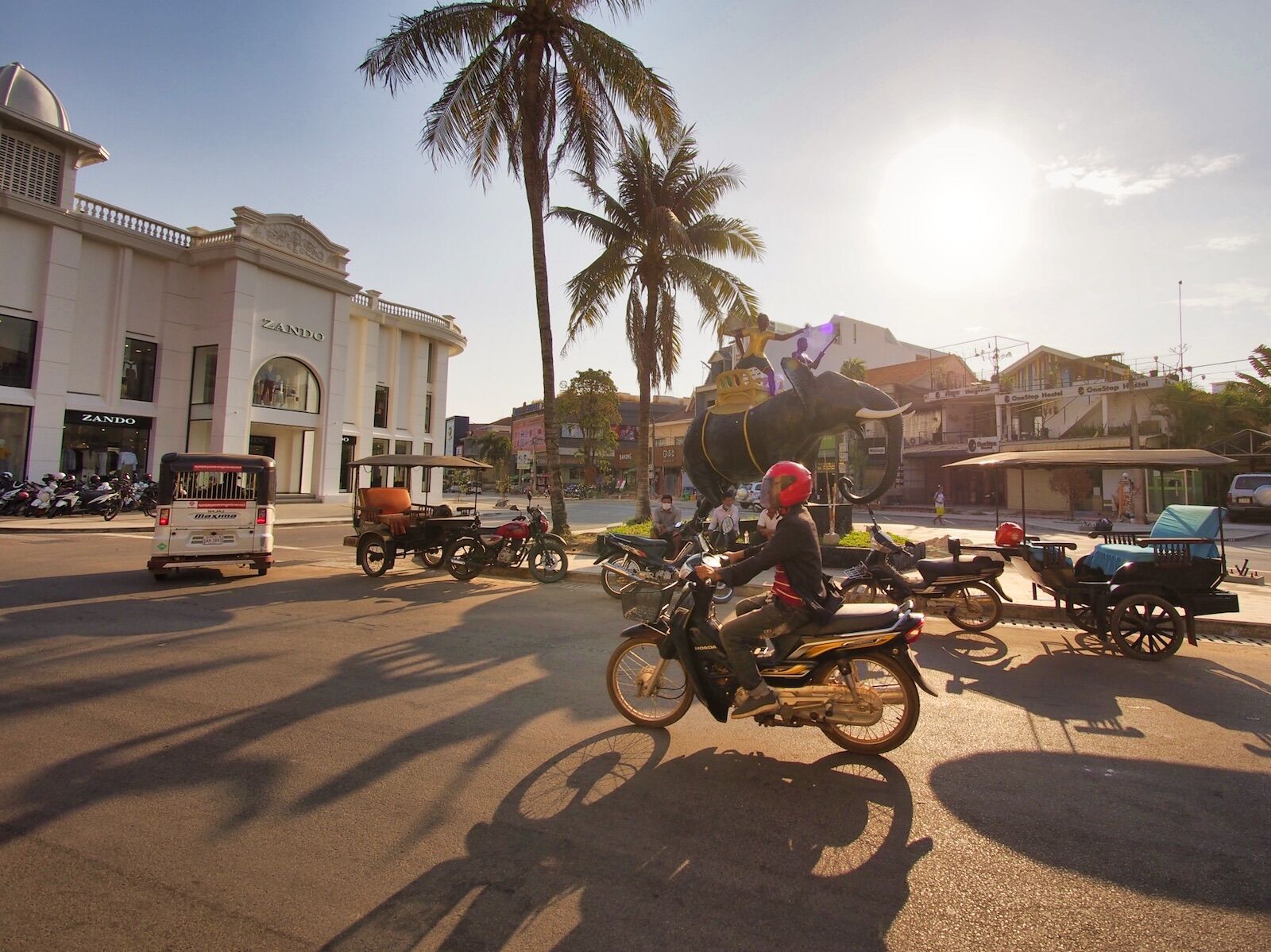
Locals and expats I talked to were happy to say that their town had so far been spared the worst of the pandemic. From the time the coronavirus was first detected in Cambodia in January 2020, Siem Reap only had to undergo a total lockdown for a few weeks in September 2021. Since then the city’s mask mandate has remained in effect, but everyday life was pretty much back to normal. Cambodia’s vaccination rate was a high 81 percent, and the authorities were confident enough to allow social gatherings and public events.
Tourists are very few and far between
Positive as the outlook was, I could see that Siem Reap’s tourism establishments were just barely surviving. The city was a sleepy version of itself, with less traffic and zero tour buses on its streets. In the downtown area, many tour agencies, restaurants, bars and hotels remained in hibernation. And while local life buzzed at the old market, the once-busy Angkor Night Market for tourists had been deserted for over a year. The economy aside, I thought this wasn’t such a bad thing – in the last decade Siem Reap had begun to feel just a tad too busy, and the current state of things was a welcome break from the usual tourist crowds.
Tourist deals abound for those who travel to Siem Reap
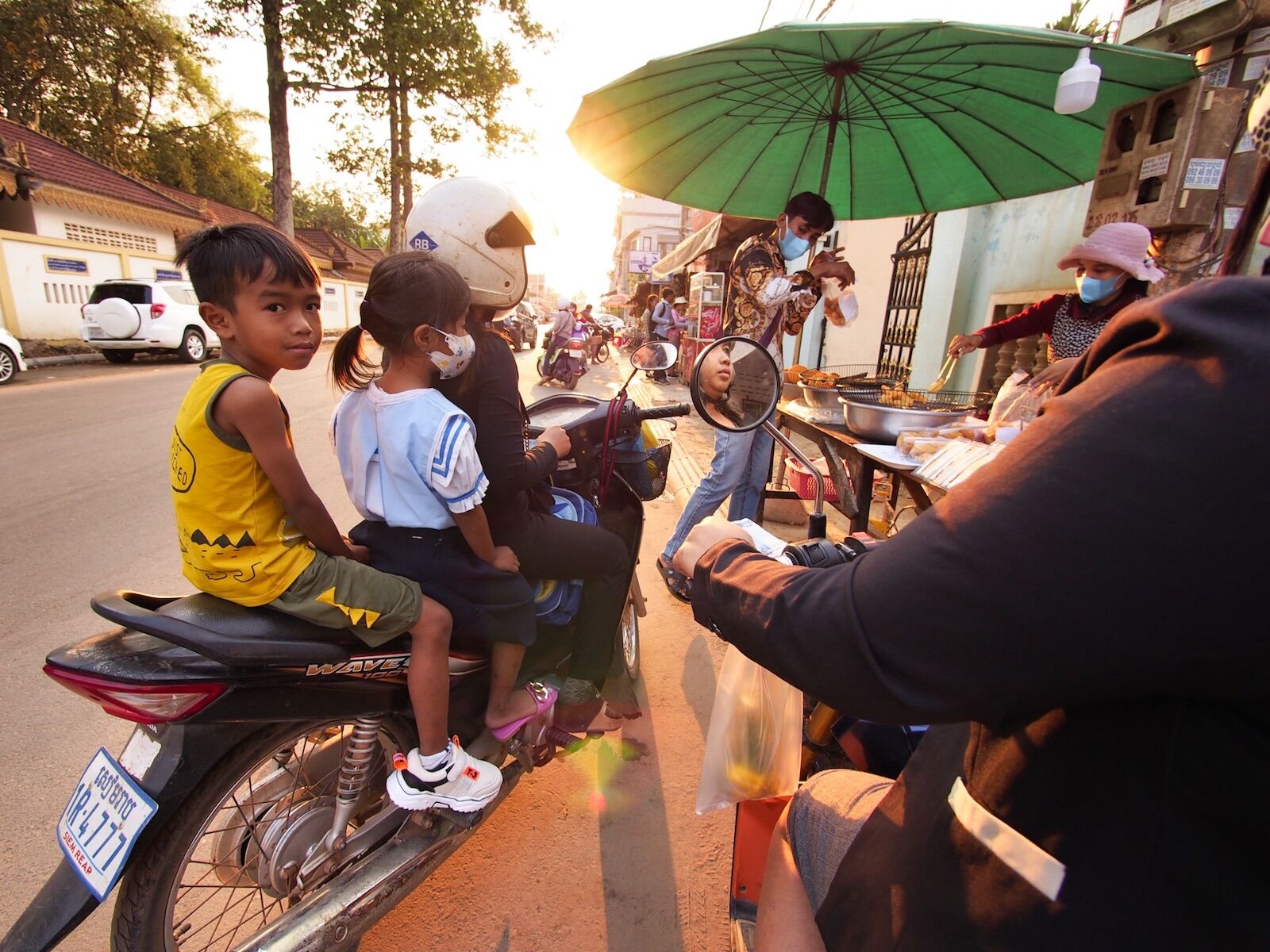
What impressed me about Siem Reap was how eager it was to get back on its feet. Throughout my stay I found tuk-tuk remorque (motorcycle-powered carriages that are the favorite local transport) drivers, market vendors, and street food stall owners working extra hard to secure their next transactions. Many bars offered one-for-one drinks, and hotels advertised greatly discounted rates. In fact, even the Angkor temples themselves were subject to a welcome-back promo. The Apsara Authority (the organization that manages Cambodia’s ancient ruins) has added free extra days to the Angkor Archaeological Park passes, thereby giving visitors more time to see the temples for the same cost. That means that the $37 one-day ticket is valid for two days, the $62 three-day ticket is valid for five days, and the $72 seven-day ticket is valid for ten days.
What it’s like to see Angkor and its temples during COVID-19
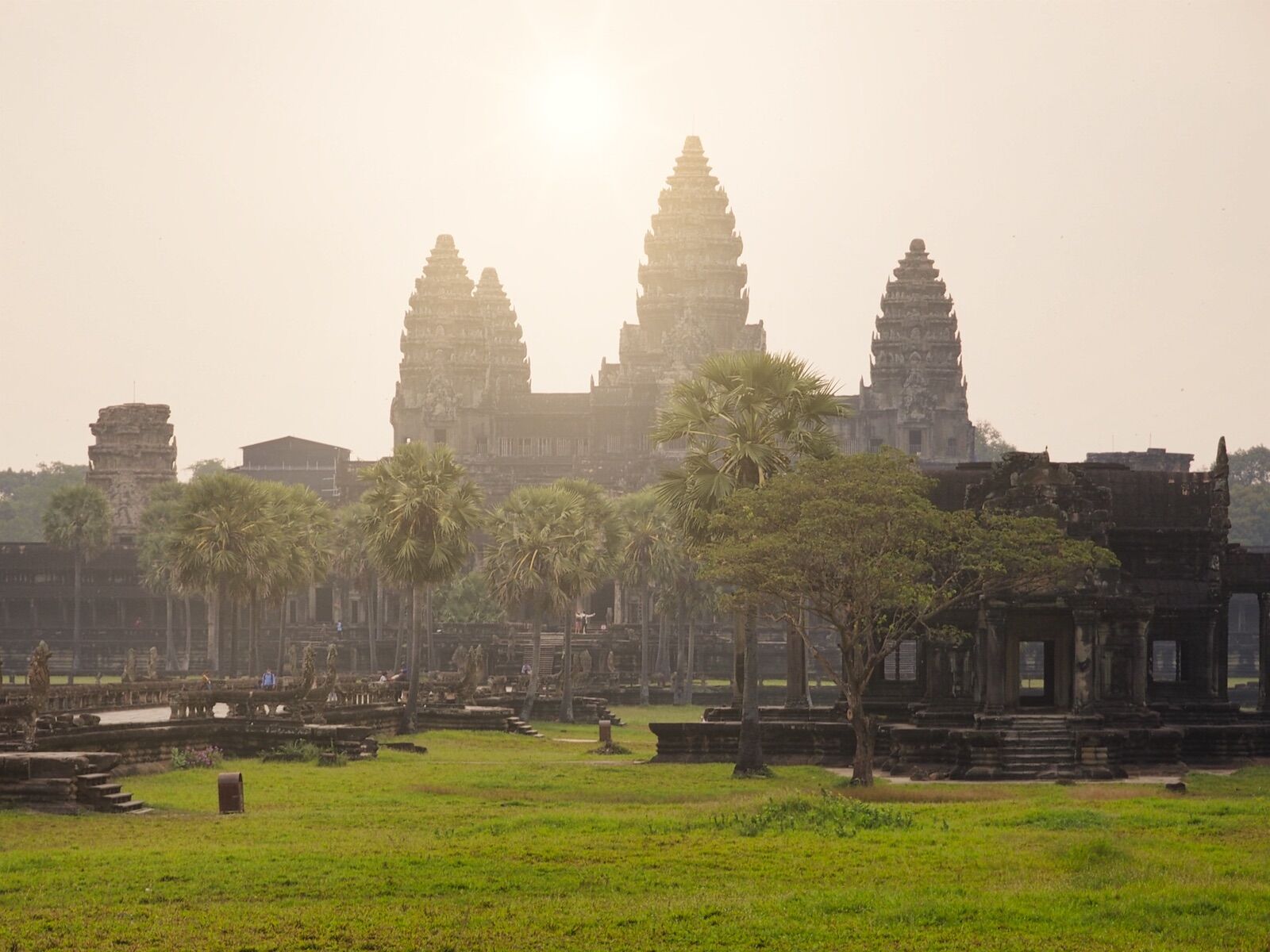
I happily shelled out $62 and spent the rest of my week revisiting Siem Reap’s number-one crowd drawer. Located just a few miles north of downtown, the remains of early Khmer civilization were as stunning as ever without the tourist horde. I walked the centuries-old halls of Angkor Wat, clambered up fallen blocks at Preah Khan temple and gazed up at the massive stone heads of the Bayon. There were a few other visitors, of course, but these were mostly local Khmers who came to both sightsee and pray. And no – not once did I encounter a noisy, selfie-stick toting tour group. Accompanied only by the sounds of the nearby jungle, my temple visits were as surreal as they were solitary. This was probably the closest I would ever get to experiencing Angkor as the lost jungle city of lore.
There’s no better time to travel to Siem Reap than now
The COVID-19 situation is managed well. The ruins are practically deserted and are at their most atmospheric state — and the local industry needs your business. In addition, Siem Reap’s biggest mass tourism source – mainland China — remains closed, so it’s safe to say this place won’t be flooded with tour groups anytime soon. Better make your way here before the rest of the world does. Lester Ledesma/Metador Network

